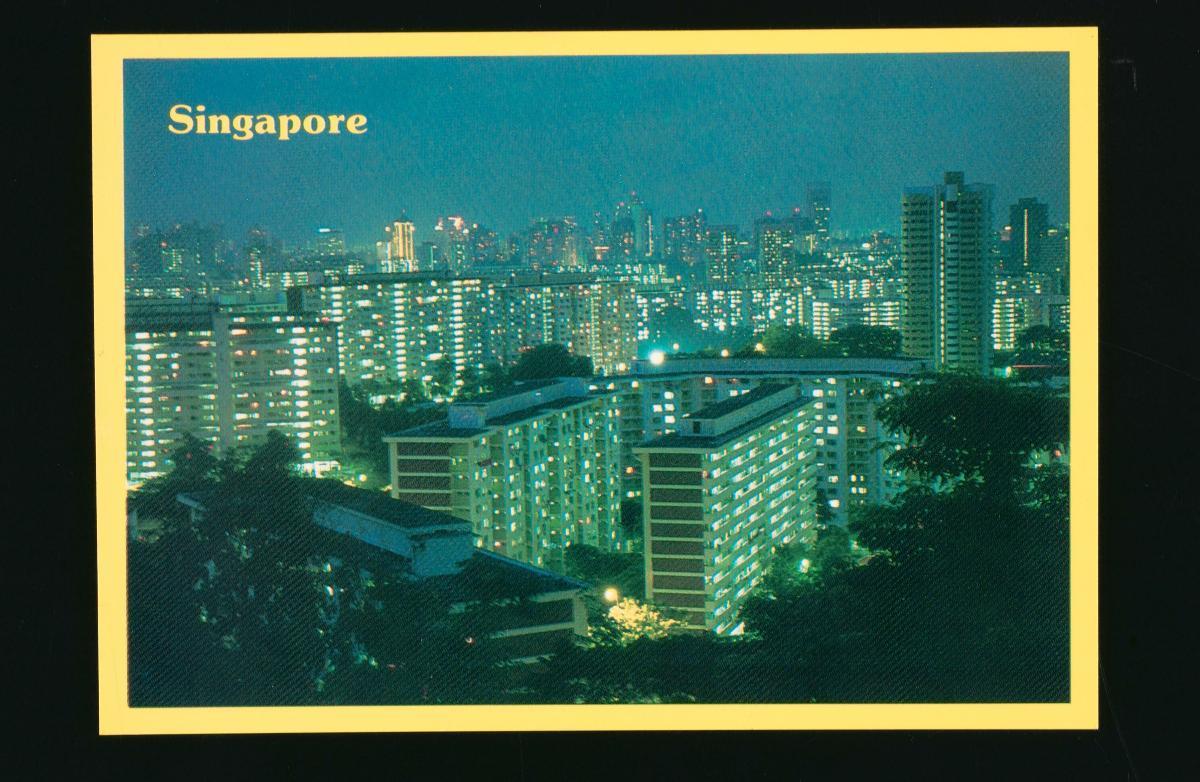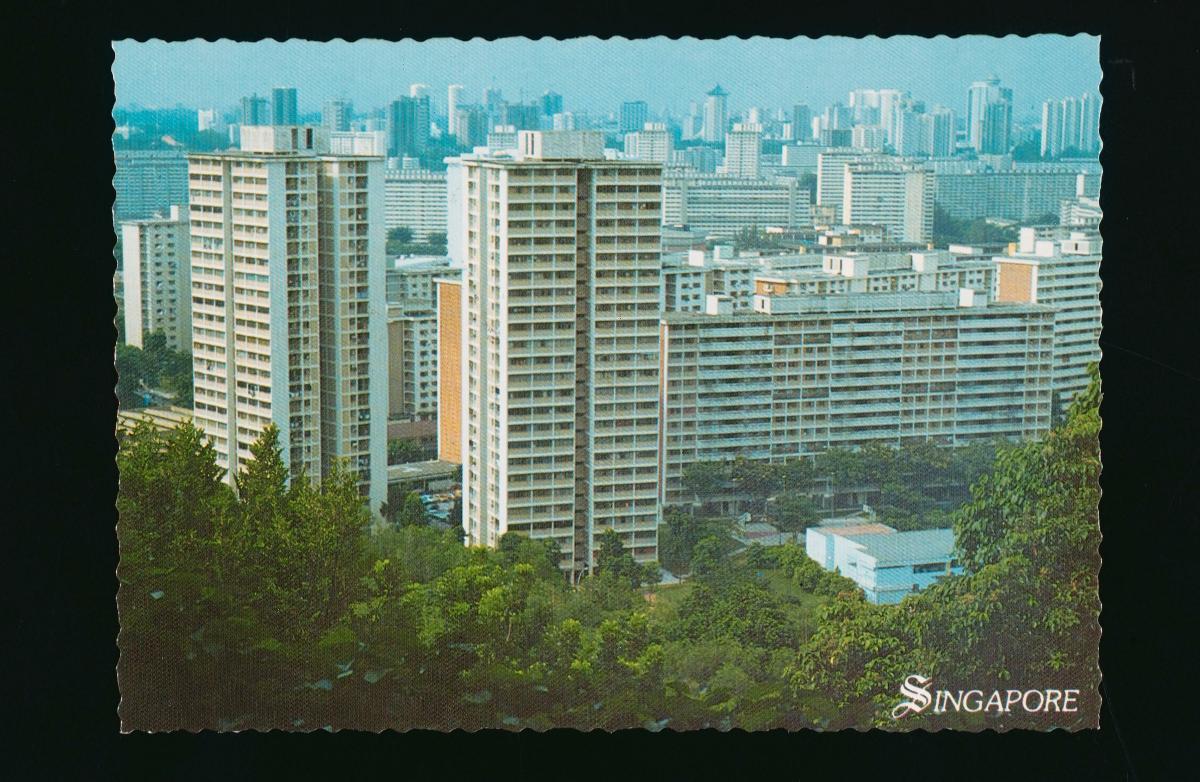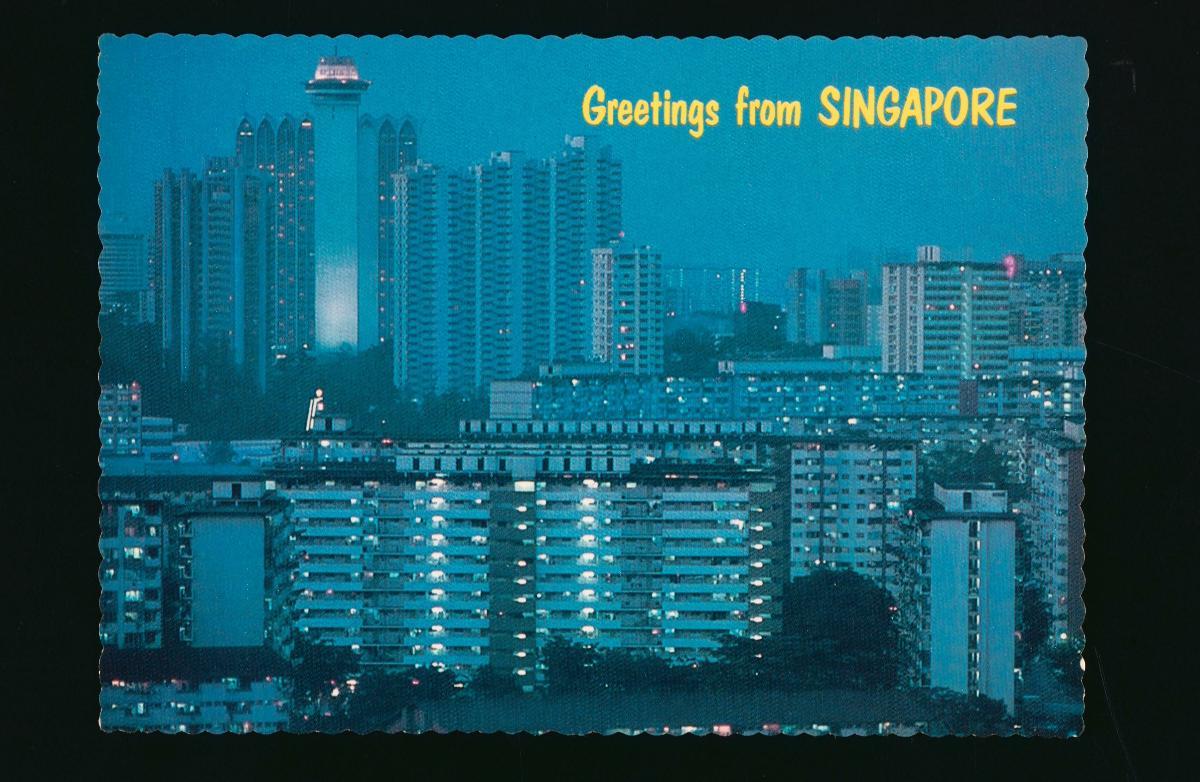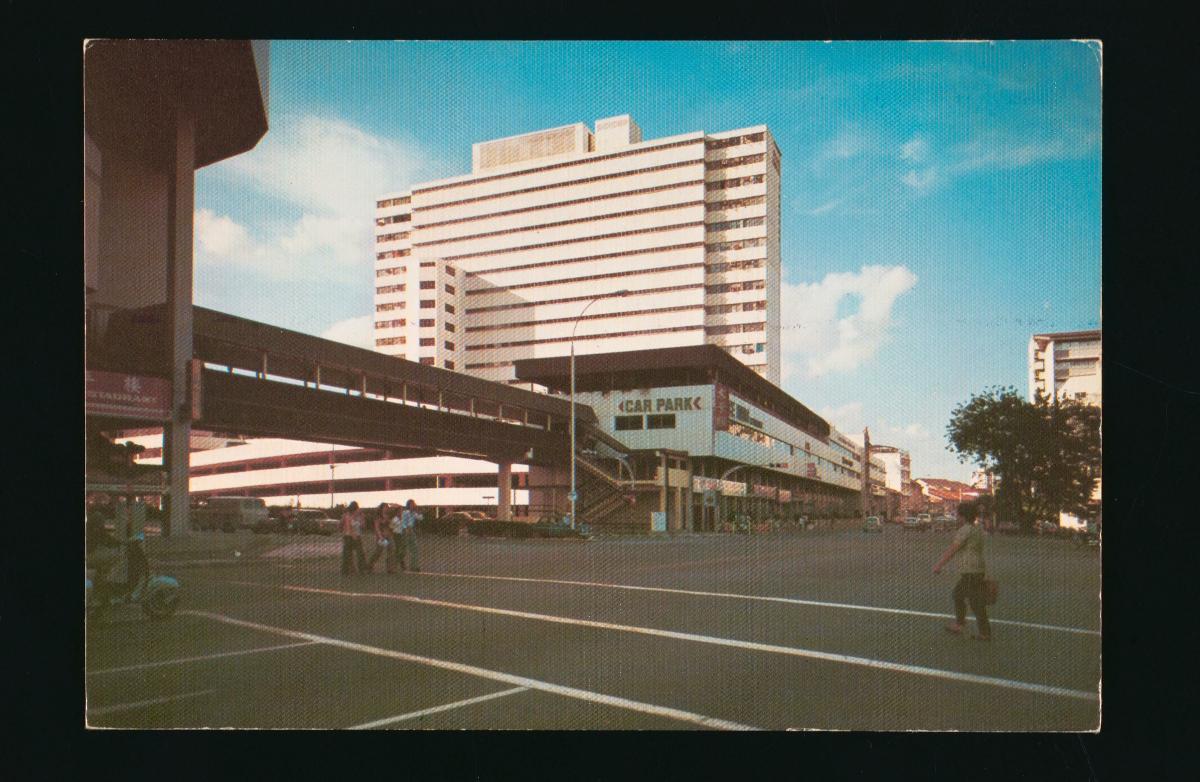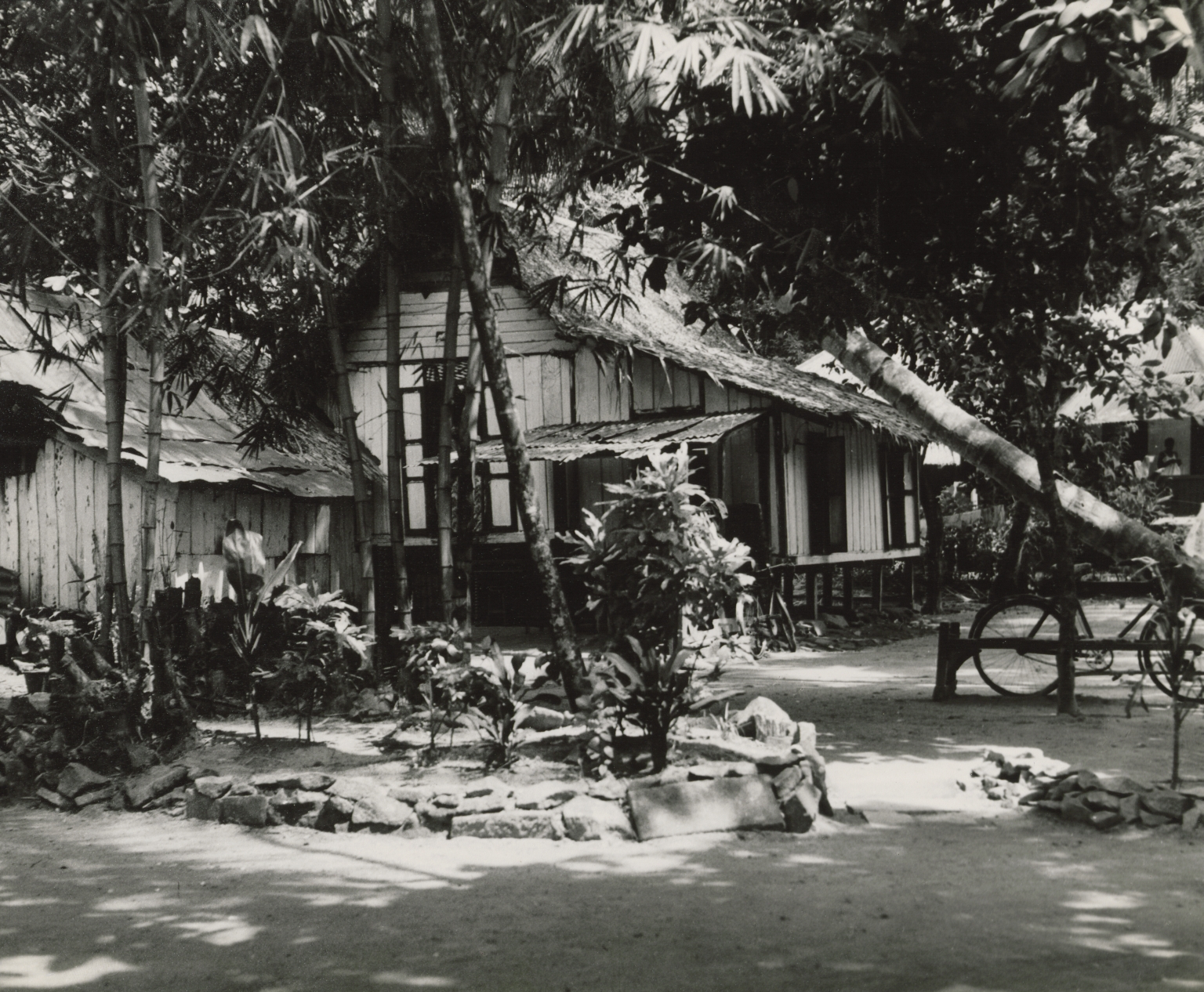The first public housing estates in Singapore were built in the 1930s by the Singapore Improvement Trust (SIT). However, such housing projects were on a small scale and could not meet the growing demand for housing, which grew rapidly after the population boom that followed the end of the Second World War. In 1960, the Housing and Development Board (HDB) was formed to replace the SIT and it was tasked with building and managing low-cost public housing for the lower-income groups. The HDB tackled the housing problem by redeveloping urban and rural areas and resettling, sometimes forcefully, people into new housing estates. The government tried to encourage citizens to own their HDB flats by introducing the Home Ownership for the People Scheme in 1964, and allowing people to tap into the Central Provident Fund to finance part of their home purchases. By 2008, more than 80 per cent of Singapore’s residential population lived in HDB estates.





